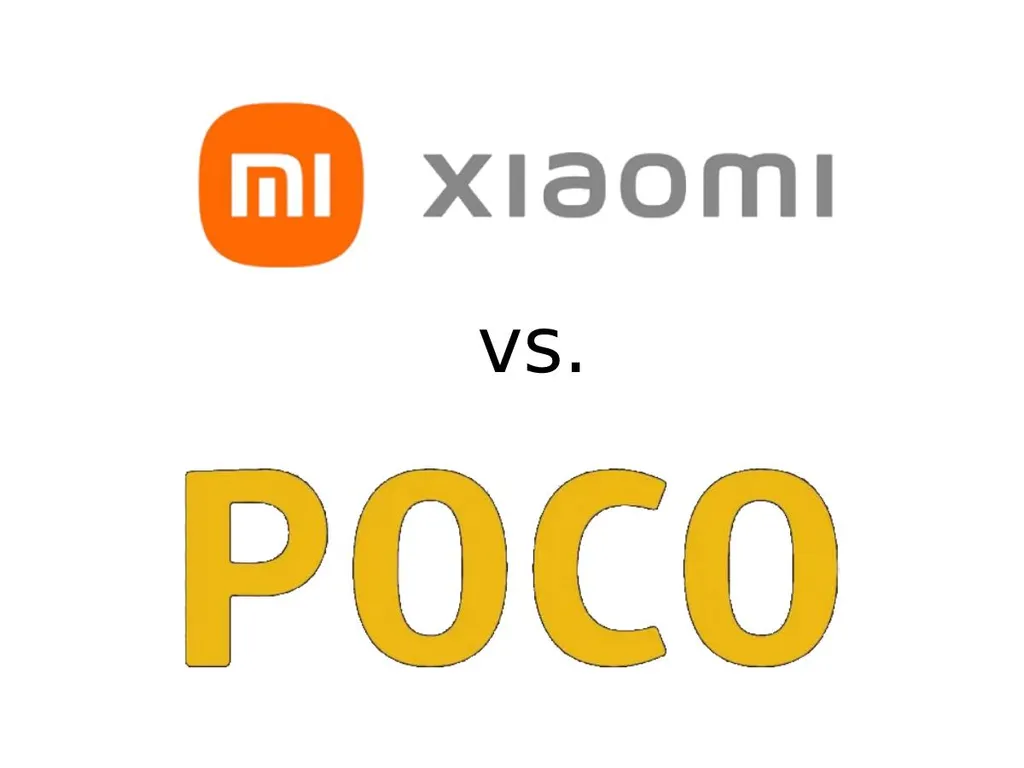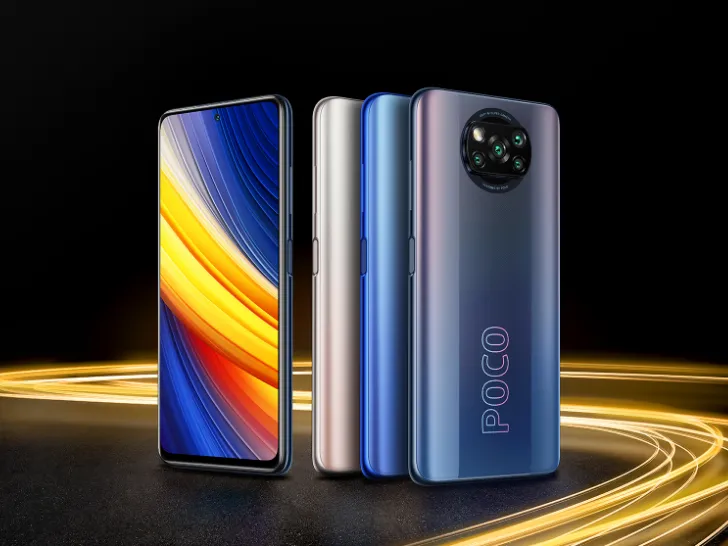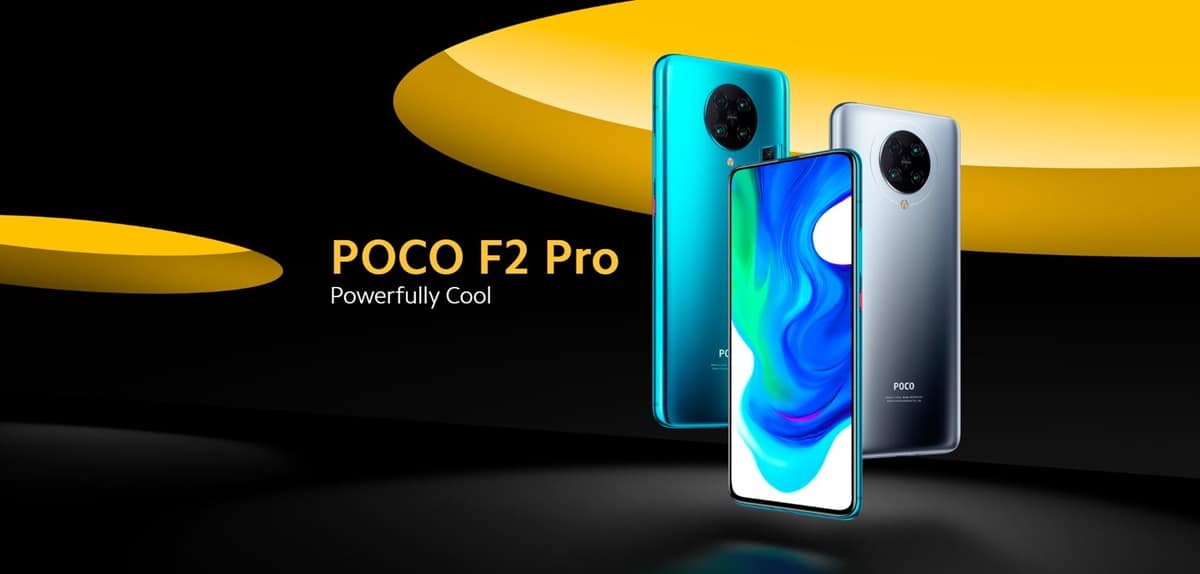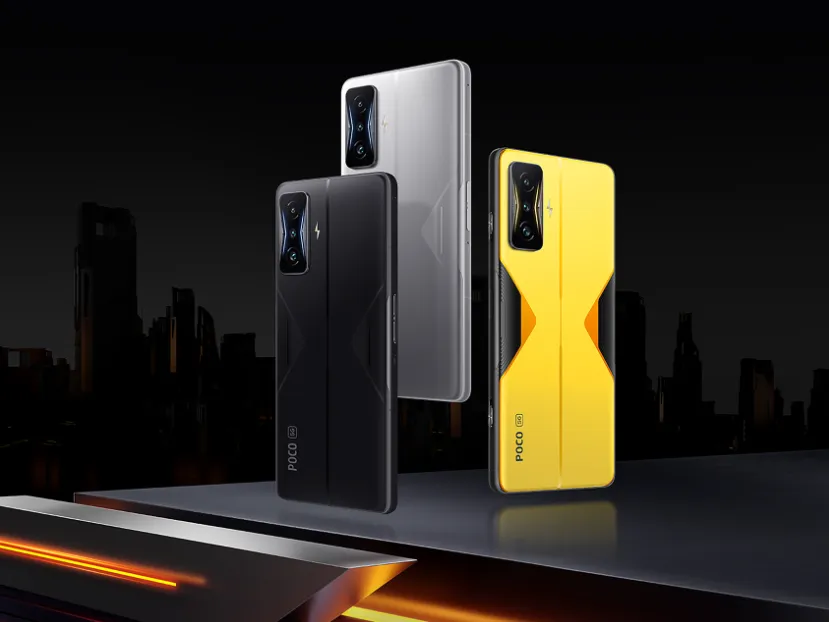6 Key Differences Between Xiaomi and POCO Smartphones
Many people assume that POCO and Xiaomi are the same brand—and it’s easy to see why. The two share quite a few similarities.
Both use MIUI as their user interface, and many tech websites often mention them side by side when discussing smartphones. Not to mention, both are known for offering great value for money.
However, despite these common traits, Xiaomi and POCO are actually separate brands. While they come from the same parent company, their operations and marketing strategies are different. So, what sets them apart? Let’s take a closer look.
1. Year of Establishment

Xiaomi is a Beijing-based electronics company founded in 2010. With more than a decade in the industry, Xiaomi has built a strong presence in the smartphone market.
POCO, on the other hand, is much younger. It entered the Android smartphone market in 2018 with the launch of the Pocophone F1. So, compared to Xiaomi, POCO is still relatively new.
2. POCO’s Origins as a Sub-Brand

You might be surprised to know that POCO didn’t start out as a standalone brand. It was initially launched by Xiaomi as a sub-brand focused on high performance, beginning with the Pocophone F1 in 2018.
It wasn’t until January 17, 2020, that POCO India officially broke away from Xiaomi to become an independent brand, followed by POCO Global on November 24 of the same year.
Initially, POCO was positioned alongside other Xiaomi sub-brands like Redmi, Redmi Note, and Mi (now simply Xiaomi). Today, POCO stands on its own, competing directly with other brands like realme, Infinix, and even Xiaomi itself.
3. Different Product Lines

Xiaomi and POCO now cater to different market segments with their own product lines. Originally, Xiaomi’s smartphone lineup included three main series: Redmi, POCO, and Mi. But after POCO became an independent brand in 2020, only Redmi and Mi remained under Xiaomi—though Xiaomi later dropped the 'Mi' branding altogether.
- Xiaomi's Product Lines
Xiaomi rebranded its flagship Mi series simply as Xiaomi. For instance, the Xiaomi Mi 11 was succeeded by the Xiaomi 12, without the 'Mi' prefix.
The Redmi lineup is divided into two sub-series: the standard Redmi series and the Redmi Note series. The standard Redmi phones, like the Redmi 9, 9A, and 9C, are typically the most affordable in Xiaomi’s catalog. These entry-level devices offer basic cameras and modest processors, but they’re still a good deal for their price.
The Redmi Note series, on the other hand, sits a step above in terms of pricing and performance, offering better specs and a more balanced user experience.
At the top of the line is Xiaomi’s flagship series—previously called Mi, now simply numbered (e.g., Xiaomi 12, Xiaomi 13). These are the most premium models, equipped with high-end features and priced accordingly.
- POCO's Product Lines
POCO, too, targets a range of price points with its own product series. The most budget-friendly is the POCO C series, followed by the POCO M series, which offers slightly better specs while still being affordable.
For the mid-range segment, POCO has the X and F series. These models typically provide strong performance and features at competitive prices which are appealing to tech enthusiasts and gamers looking for value.
4. Distinctive Design Language

If you’ve seen smartphones from both brands, you might have noticed their unique designs. POCO devices often stand out with bold and eye-catching aesthetics—a deliberate strategy to attract attention and differentiate themselves in the market.
Xiaomi phones, in contrast, tend to have a cleaner, more understated look. Even so, Xiaomi still refreshes its designs regularly to maintain a modern appeal.
Initially, POCO and Xiaomi phones were easy to tell apart just by looking at them. But in recent years, POCO has started moving away from its flashy design identity, opting instead for simpler designs that now resemble Xiaomi's sleeker style.
5. POCO Phones Are Often Rebranded Models

In the global market, Xiaomi doesn’t typically release the Redmi K series—these models are mainly available in China and are known for offering high performance at competitive prices.
However, some Redmi K models are rebranded and launched internationally under the POCO name. For instance, the POCO F4 GT is essentially a rebranded version of the Redmi K50 Gaming, while the POCO F3 GT is a global variant of the Redmi K40 Gaming.
This strategy allows Xiaomi to expand its reach without developing entirely new models for every market.
6. Different Gaming Phone Series

Like many smartphone manufacturers, both Xiaomi and POCO have their own gaming-focused product lines. Other brands have done the same—realme, for example, has the Narzo and GT series, while ASUS is known for its ROG Phone.
Xiaomi’s dedicated gaming line is Black Shark, a sub-brand known for powerful performance and gamer-centric features. POCO, on the other hand, has its F GT series, which is also built for gaming enthusiasts.
Both the Black Shark and POCO F GT phones come with features tailored for gaming, such as shoulder triggers (L1 and R1), advanced cooling systems, and top-tier chipsets designed to handle demanding games smoothly.
Now that you’ve learned the key differences between Xiaomi and POCO, things probably seem a lot clearer. While the two brands share the same roots—and even the same interface for now—they’ve grown apart in terms of branding, product strategy, and target audience.
In the future, POCO might even develop its own custom interface, much like how realme transitioned from OPPO’s ColorOS to its own realme UI.
So, which one do you prefer: Xiaomi or POCO? Either way, both brands continue to deliver excellent specs at prices that won’t break the bank.
